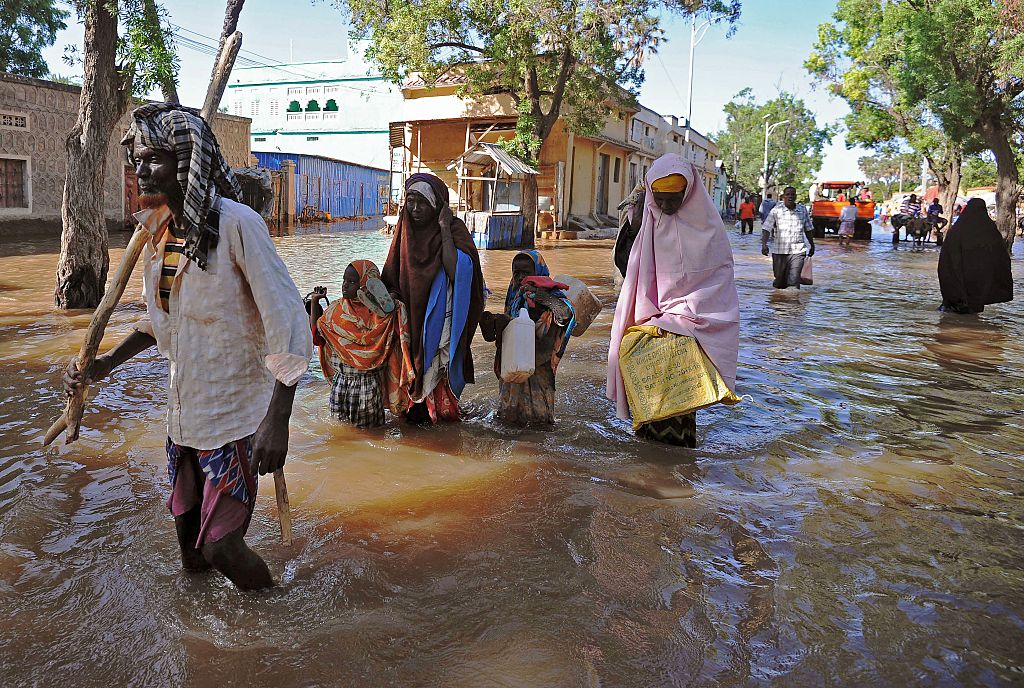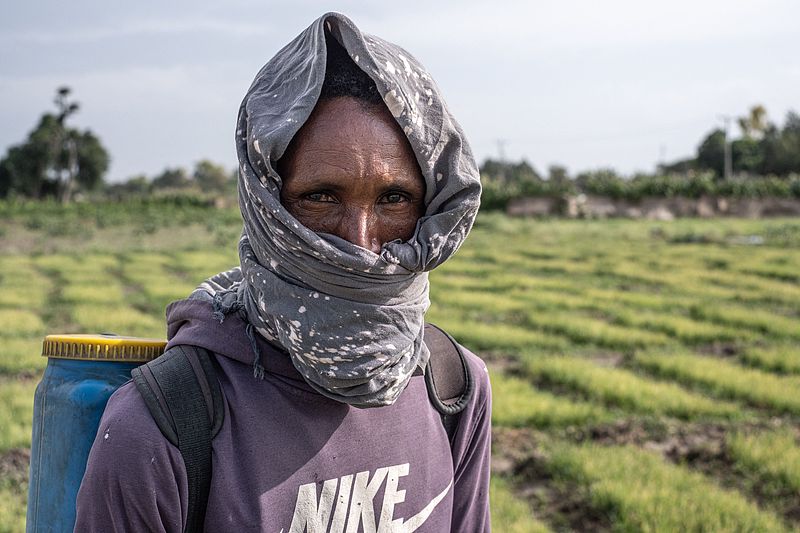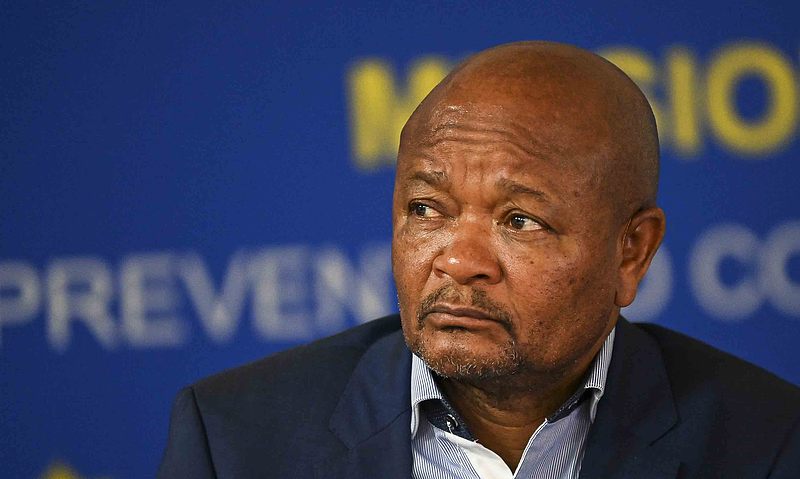
Humanitarian funds depletes as El Niño rains wreak havoc in East Africa
Severe consequences have unfolded across Ethiopia, Kenya, and Somalia due to the El Niño-induced heavy rains, resulting in flash flooding that claimed the lives of 130 people. This disaster struck a region already grappling with one of the most severe droughts in four decades. Despite the urgent requirements, funding to address the escalating humanitarian crises in these three countries has fallen drastically short by $4.1 billion in 2023 alone. Adding to the concern is the intention of certain donors, including the governments of the UK, Canada, and Germany, to reduce their humanitarian assistance budget by up to 50% in 2024.

As of last September, Oxfam reported that wealthy nations contributed less than 5% of the $53.3 billion needed for East Africa to confront the climate crisis. Fati N’Zi-Hassane, Oxfam in Africa Director, emphasized the disproportionate impact on East Africa, despite its minimal contribution to greenhouse emissions. The frequency and intensity of climatic shocks have left the region continuously navigating from one disaster to the next. N’Zi-Hassane stressed the critical situation, calling on affluent nations to reduce emissions and fulfill their fair share in both humanitarian and climate financing.
Presently, the 2023 Humanitarian Response Plans for Ethiopia and Somalia, along with the Flash Appeal for Kenya, which collectively require $7 billion to aid 33 million people, are only 41% funded. In Somalia, the Juba and Shabelle rivers have overflowed, causing extensive damage to homes, farms, livestock, bridges, and infrastructure. Over 1.5 million people are affected, with 456,800 displaced and 53 casualties reported. The heavy rains have intensified in various states, with additional flash flooding anticipated. Persistent above-normal rainfall until the end of 2023 exacerbates an already dire humanitarian situation, where nearly a quarter of the population is expected to face crisis levels of hunger by the close of 2020.
In Kenya, the floods have claimed 52 lives, displaced over 15,000 families, and ravaged hundreds of acres of farmland, along with over 1,000 livestock. In Ethiopia, the Somali regional government has reported 52 fatalities, 39,985 displaced individuals, and 108,000 facing the loss of homes and livestock due to the floods. Halima Hassan, a mother of six from Daynille, Somalia, now displaced for the second time in a year, lamented the loss of her home, livestock, and the challenges her family faces.
“I lost my home, livestock, nearly everything I had to the drought, my family had to relocate to this site for displaced people where we had just started to rebuild our lives but now comes the flood. The little I had left is gone, my makeshift camp, my six goats. I don’t know where my family will eat next, let alone sleep” she said.
Oxfam and its partners are actively providing assistance, including clean water, rapid flexible cash aid, and long-term support to enhance community resilience to the changing climate. However, the needs are escalating rapidly, far surpassing the available assistance for these communities in Ethiopia, Kenya, and Somalia.






